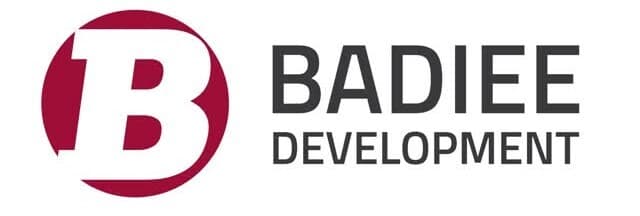Access Aerial and Geospatial Data Assets On-Demand
We offer high-resolution aerial and geospatial data, including 3D digital twins and terrain models, tailored for construction, urban planning, and engineering professionals, ensuring precision and easy integration.
Types of Products
F/1
Geospatial 3D Models & Tiles
High-resolution 3D models and tiled datasets optimized for visualization, analysis, and integration into CAD, BIM, and GIS workflows. Ideal for architecture, construction, urban planning, and engineering applications.
F/2
2D Orthomosaics
High-precision 2D ortho and planimetric drawings created from aerial imagery provide detailed and accurate surface representations. These maps are essential for site analysis, planning, and progress documentation, offering a clear and precise view of the project area.
F/3
Scan-to-BIM and CAD
Transform point clouds or geospatial 3D models into CAD and BIM geometry and native files. These detailed CAD and BIM models seamlessly integrate into your existing project designs, providing precise and actionable data for architectural, engineering, and construction needs, including as-builts.
F/4
Digital Terrain, Surface, and Elevation Models
Detailed digital terrain models (DTM), digital surface models (DSM), and elevation models offer comprehensive topographical insights. These models are crucial for environmental analysis, site planning, and infrastructure development, ensuring accurate terrain representation.
F/5
Thermal Maps and LiDAR Point Cloud
Thermal maps provide temperature-based insights, while LiDAR point clouds offer high-precision 3D representations of your project area. These data products are invaluable for energy audits, structural assessments, and detailed spatial analysis, enhancing your project's accuracy and efficiency.
F/6
Aerial Imagery and Videos
High-resolution aerial imagery, 360 panoramas, and videos capture detailed visuals of your project site. These are essential for progress monitoring, site inspections, and stakeholder presentations, providing a clear and current view of your project's status.
F/1
Geospatial 3D Models & Tiles
High-resolution 3D models and tiled datasets optimized for visualization, analysis, and integration into CAD, BIM, and GIS workflows. Ideal for architecture, construction, urban planning, and engineering applications.
F/2
2D Orthomosaics
High-precision 2D ortho and planimetric drawings created from aerial imagery provide detailed and accurate surface representations. These maps are essential for site analysis, planning, and progress documentation, offering a clear and precise view of the project area.
F/3
Scan-to-BIM and CAD
Transform point clouds or geospatial 3D models into CAD and BIM geometry and native files. These detailed CAD and BIM models seamlessly integrate into your existing project designs, providing precise and actionable data for architectural, engineering, and construction needs, including as-builts.
F/4
Digital Terrain, Surface, and Elevation Models
Detailed digital terrain models (DTM), digital surface models (DSM), and elevation models offer comprehensive topographical insights. These models are crucial for environmental analysis, site planning, and infrastructure development, ensuring accurate terrain representation.
F/5
Thermal Maps and LiDAR Point Cloud
Thermal maps provide temperature-based insights, while LiDAR point clouds offer high-precision 3D representations of your project area. These data products are invaluable for energy audits, structural assessments, and detailed spatial analysis, enhancing your project's accuracy and efficiency.
F/6
Aerial Imagery and Videos
High-resolution aerial imagery, 360 panoramas, and videos capture detailed visuals of your project site. These are essential for progress monitoring, site inspections, and stakeholder presentations, providing a clear and current view of your project's status.
Use Cases
Construction & Engineering
Optimize site planning and monitoring with 3D digital twins, CAD/BIM models, and orthomosaic maps. Use thermal and LiDAR data for structural assessments.
Architecture and Urban Planning
Enhance design and planning with 3D digital twins and terrain models. Visualize projects using high-res aerial imagery and orthomosaic maps.
Real Estate
Development
Facilitate property assessments and development planning with 3D digital twins and aerial imagery. Use orthomosaic maps and CAD/BIM models for precise designs.
Environmental Science and GIS
Conduct environmental analysis with terrain models, thermal maps, and LiDAR data. Use orthomosaic maps and aerial imagery for habitat mapping and impact assessments.


Client Testimonials
CLIENTS & PARTNERS



































